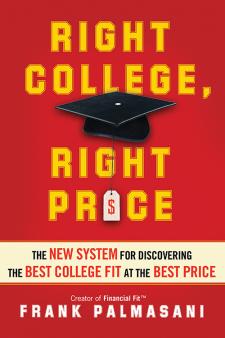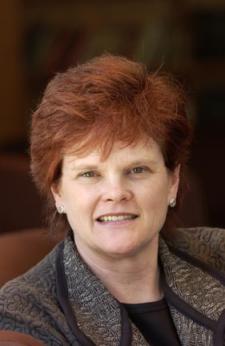Kasey Urquidez, University of Arizona
Posted on Tue, 11/05/2013 - 10:23
In its earliest days, University of Arizona had a bit of a Wild West aura. Students rode their horses to school, hitching them outside Old Main, the first building on campus. And a year after the first undergraduates arrived, the dean of students asked the Board of Regents to prohibit the use of firearms on campus.
In fact, Arizona was still a territory when the University of Arizona broke ground in 1885 on 40 acres of land with a $25,000 grant from the legislature. The first students arrived in 1891 – 32 strong – along with six teachers. But only six were admitted to the freshmen class. The remaining 26 went to a specially established prep school since there were no high schools in the territory. Seventeen years later, the university students finally outnumbered those in the prep classes and more than 20 years later -- in 1912 -- Arizona became a state.












